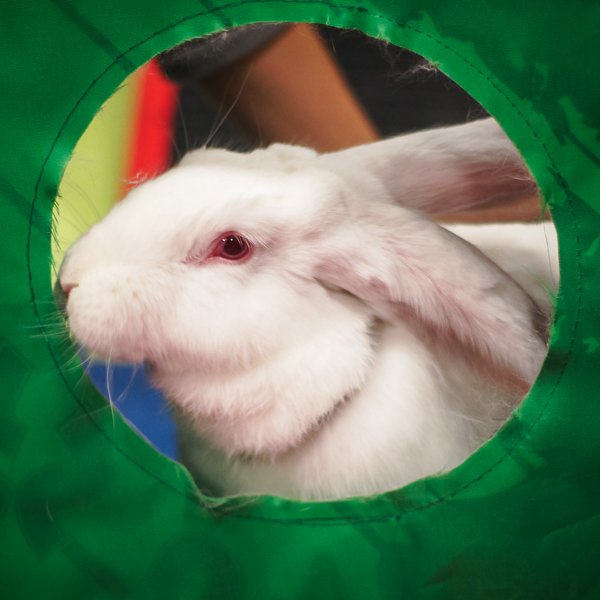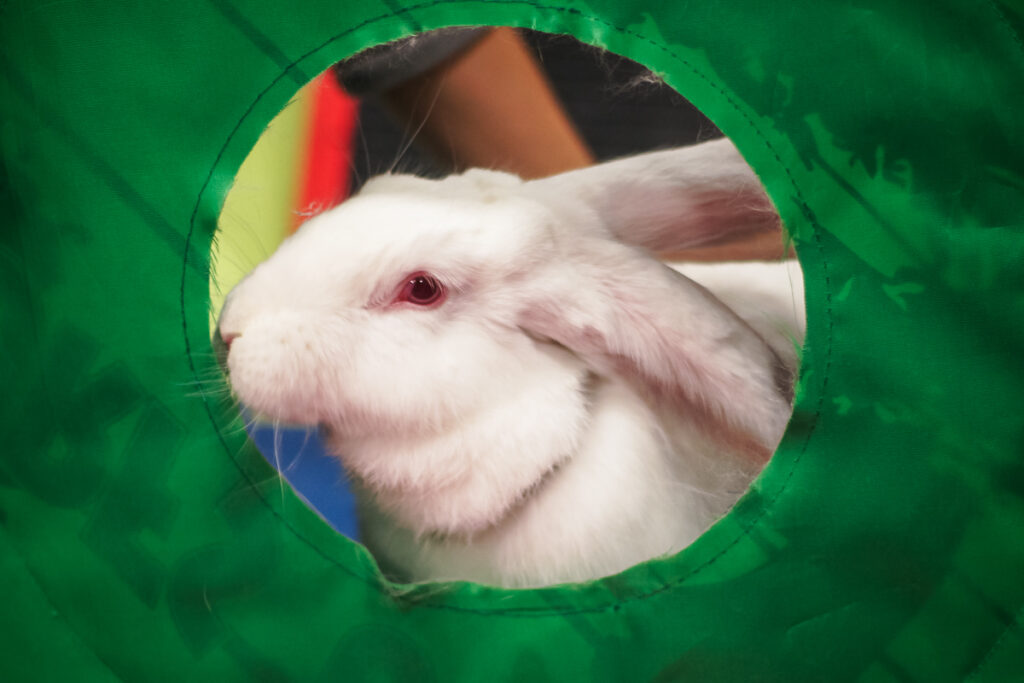We are working on securing the reprint rights to “Acupuncture in Rabbits” by Jeffrey Ryan, DVM.
In The Meantime, You Can:
- Retrieve a web archive of “Acupuncture in Rabbits” from The Wayback Machine.
-

Awaiting Reprint Rights
We are working to secure reprint rights for these articles. While we can't host them, we can provide you worth a working link to the article in another location.
View all posts
